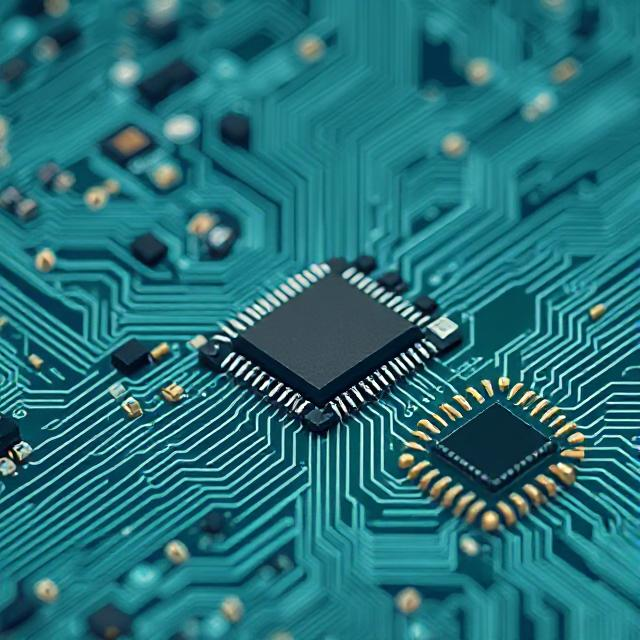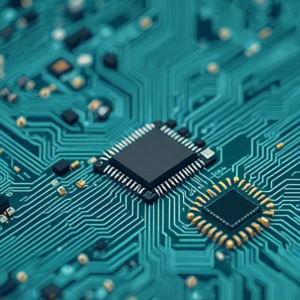Modern electronic devices are not just about hardware — they also rely heavily on firmware and software to function properly. Whether it’s a smart watch, a microwave oven, or a car’s control unit, these devices use a combination of hardware and software to perform their tasks. In electronics manufacturing, firmware and software integration plays a critical role in bringing a product to life and ensuring it works as intended.

What is Firmware?
Firmware is a special type of software that is embedded directly into the hardware of an electronic device. It acts as a bridge between the hardware and higher-level software or user commands.
Characteristics of Firmware:
-
Stored in non-volatile memory (like Flash or ROM).
-
Runs automatically when the device is powered on.
-
Controls low-level hardware functions like sensors, motors, displays, and buttons.
-
Usually not updated often (but can be upgraded with special tools or processes).
Examples:
-
Firmware in a printer tells it how to move the paper and use the ink.
-
Firmware in a washing machine controls the spin cycle and water temperature.
What is Software in Electronics?
Software in electronics typically refers to higher-level programs that run on microcontrollers, microprocessors, or external computers that interact with the device. This can include:
-
User interfaces (like touchscreens).
-
Mobile or desktop apps to control the device.
-
Cloud platforms to connect with IoT (Internet of Things) devices.
Why Firmware and Software Integration Matters
When manufacturing electronic products, the firmware and software must be integrated with the hardware to:
-
Enable full functionality of the product.
-
Ensure smooth interaction between different components.
-
Allow the device to be configured, monitored, or updated.
-
Provide a user-friendly experience.
Poor integration can lead to bugs, crashes, or even product failure.
The Integration Process
1. Hardware Design Completion
Once the physical circuit and PCB are designed and built, the microcontroller or processor is chosen based on performance and memory needs.
2. Firmware Development
Engineers write firmware code using languages like C or C++, targeting the specific microcontroller. It is written to:
-
Control input/output (I/O) operations.
-
Manage timing and communication protocols.
-
Respond to sensor data or user inputs.
3. Software Development
If the product includes a user interface or app, software is developed in parallel. This could be a mobile app (using Flutter, Android Studio, etc.) or PC software that communicates via Bluetooth, Wi-Fi, or USB.
4. Programming the Firmware
The firmware is loaded (flashed) into the microcontroller using a special programmer or in-circuit debugging tool (like JTAG or ISP).
5. Integration and Testing
Now the hardware, firmware, and software are tested together. This step ensures that:
-
Commands from software are correctly received by the firmware.
-
Sensors and actuators respond properly.
-
Data is displayed correctly to the user.
-
There are no delays, crashes, or communication errors.
Common Communication Methods
Firmware often communicates with external software using:
-
UART/Serial Communication
-
I2C or SPI (for internal communication between chips)
-
USB
-
Wi-Fi / Bluetooth / Zigbee (for wireless communication)
-
CAN Bus (in vehicles and industrial systems)
Tools Used in Firmware Integration
-
IDE (Integrated Development Environment): Like MPLAB, Keil, STM32CubeIDE.
-
Programmers/Debuggers: To flash and test firmware.
-
Oscilloscopes and Logic Analyzers: For checking data signals.
-
Simulators and Emulators: To test firmware without real hardware.
-
Version Control Systems: Like Git, for managing code updates.
Challenges in Integration
-
Hardware Bugs: Sometimes the hardware doesn’t match the design expectations.
-
Timing Issues: Firmware might run too fast or too slow, affecting functionality.
-
Memory Limitations: Firmware must be optimized for devices with limited storage and RAM.
-
Communication Errors: Mismatches in protocol settings (e.g., baud rate) can cause data loss.
-
Firmware Updates: Updating firmware after deployment must be done carefully to avoid bricking the device.
Importance of Over-the-Air (OTA) Updates
For IoT and modern smart devices, OTA updates allow manufacturers to send firmware updates remotely. This improves product lifespan, adds features, and fixes bugs without requiring the user to visit a service center.
Conclusion
Firmware and software integration is a vital part of electronics manufacturing. It ensures that the hardware works as designed and provides the smart functionality that modern users expect. Without proper integration, even the best-designed hardware can become useless. Through careful planning, testing, and collaboration between hardware and software teams, manufacturers can create reliable and powerful electronic products that serve users effectively.











